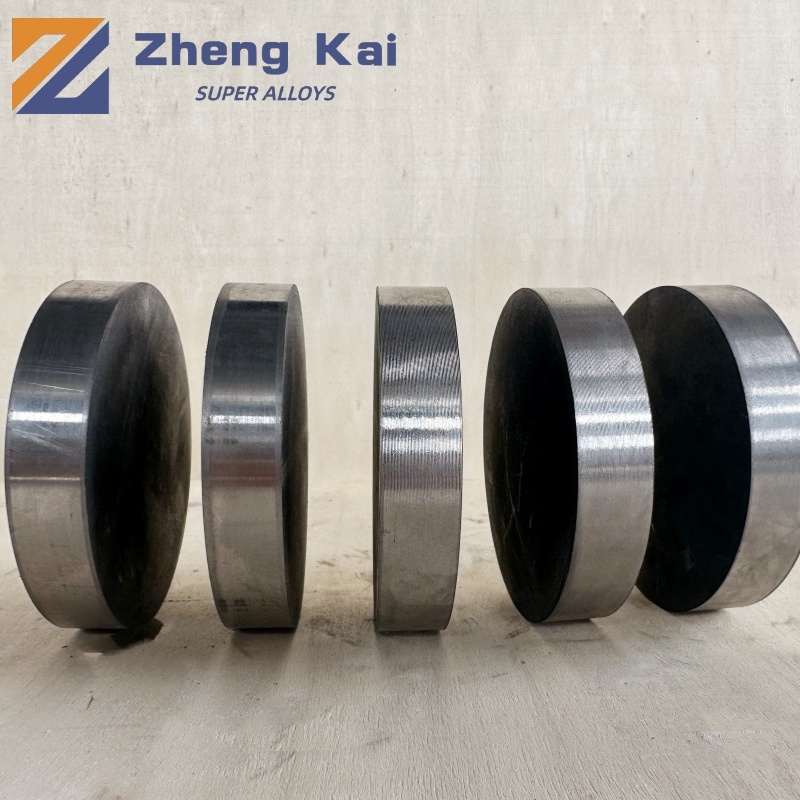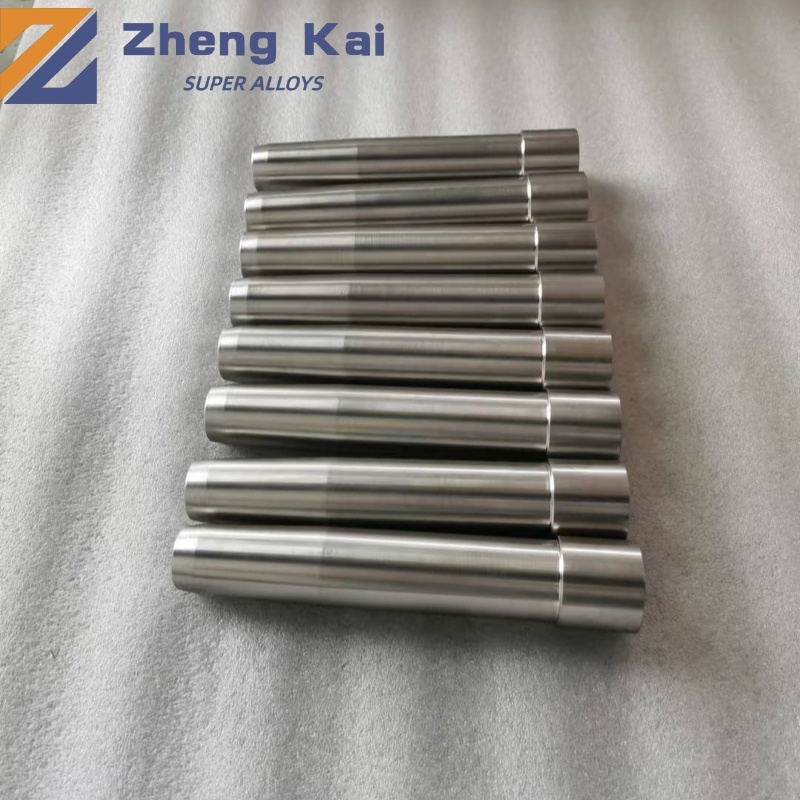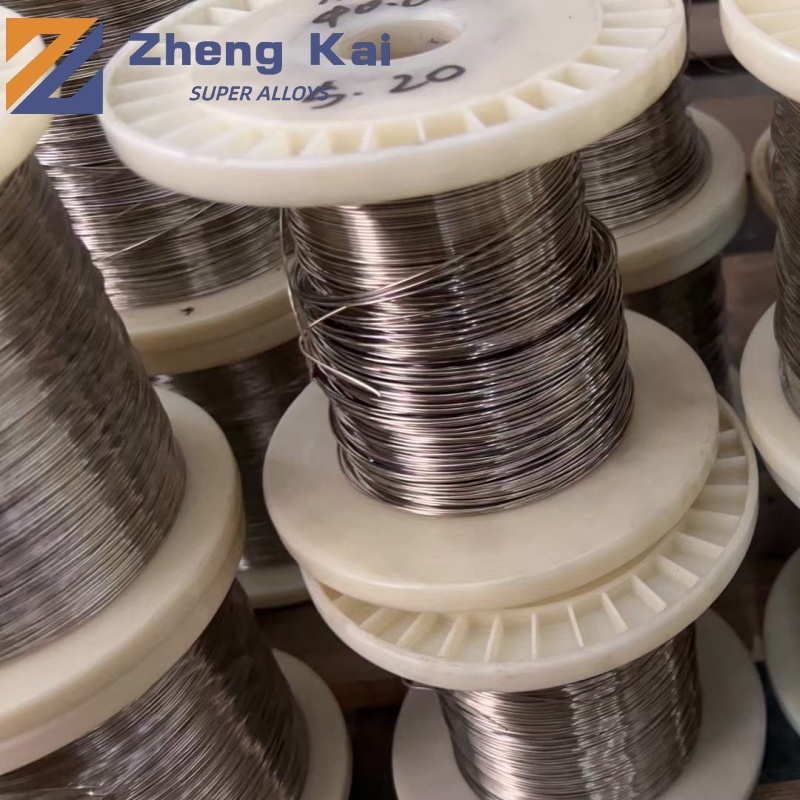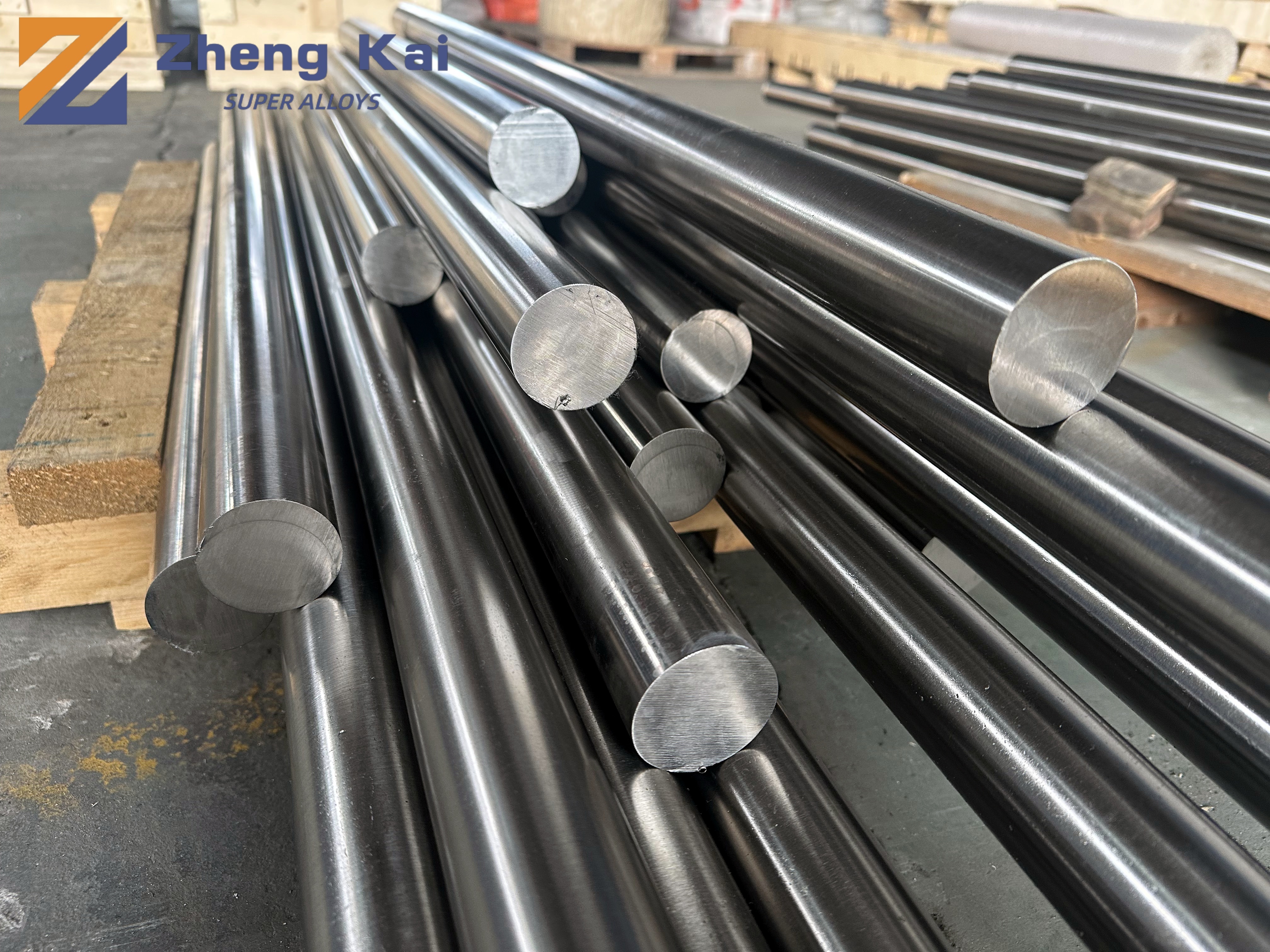


Hastelloy B-3 (UNS N010675)
Category: HASTELLOY
Overview
HASTELLOY B-3 alloy (UNS N10675) exhibits extremely high resistance to pure hydrochloric, hydrobromic, and sulfuric acids. Furthermore, it has greatly improved structural stability compared with previous B-type alloys, leading to fewer concerns during welding, fabrication, and service.
Chemical Composition
| Ni | Cr | Mo | W | Ti | Fe | C | Mn | Co | S | Si | P | V | Ti | Cu | Al | Zr | |
| MIN | 65 | 1 | 27 | 1.0 | |||||||||||||
| MAX | 3 | 32 | 3.0 | 0.2 | 3.0 | 0.01 | 3.0 | 3.0 | 0.01 | 0.1 | 0.03 | 0.2 | 0.2 | 0.2 | 0.5 | 0.1 |
Physical Properties
| Density | 9.2g/cm3 |
| Melting Range | 1338-1380℃ |
Available Products And Specifications
| Rod, Bar, Wire and Forging Stock | ASTM B 462, ASTM B 564 |
| Plate, Sheet and Strip | ASTM B 333 |
| Pipe and Tube | ASTM B 619, ASTM B 622 , ASTM B 626 |
| Welding Products | AWS A5.14 / ERNiMo-10 |
Features
Like other nickel alloys (in the mill annealed condition), it is ductile, can be formed and welded, and resists stress corrosion cracking in chloride-bearing solutions. Also, it is able to withstand fluoride-bearing media and concentrated sulfuric acid, both of which result in damage to zirconium alloys.
Applications
● Chemical process industry (CPI)
● Reducing acid service
● Welding
Keywords: Hastelloy B-3 (UNS N010675)
Previous page
Next page
Inquire Now
Note: Please leave your email address, our professionals will contact you as soon as possible!





